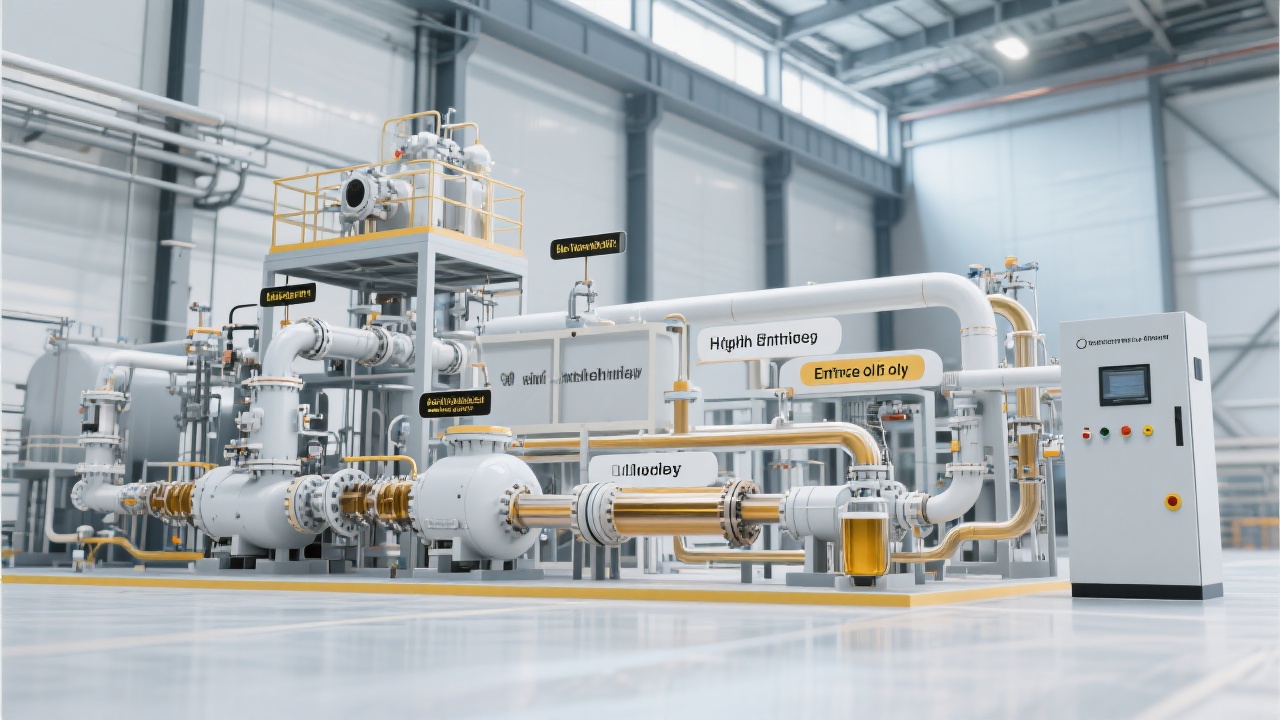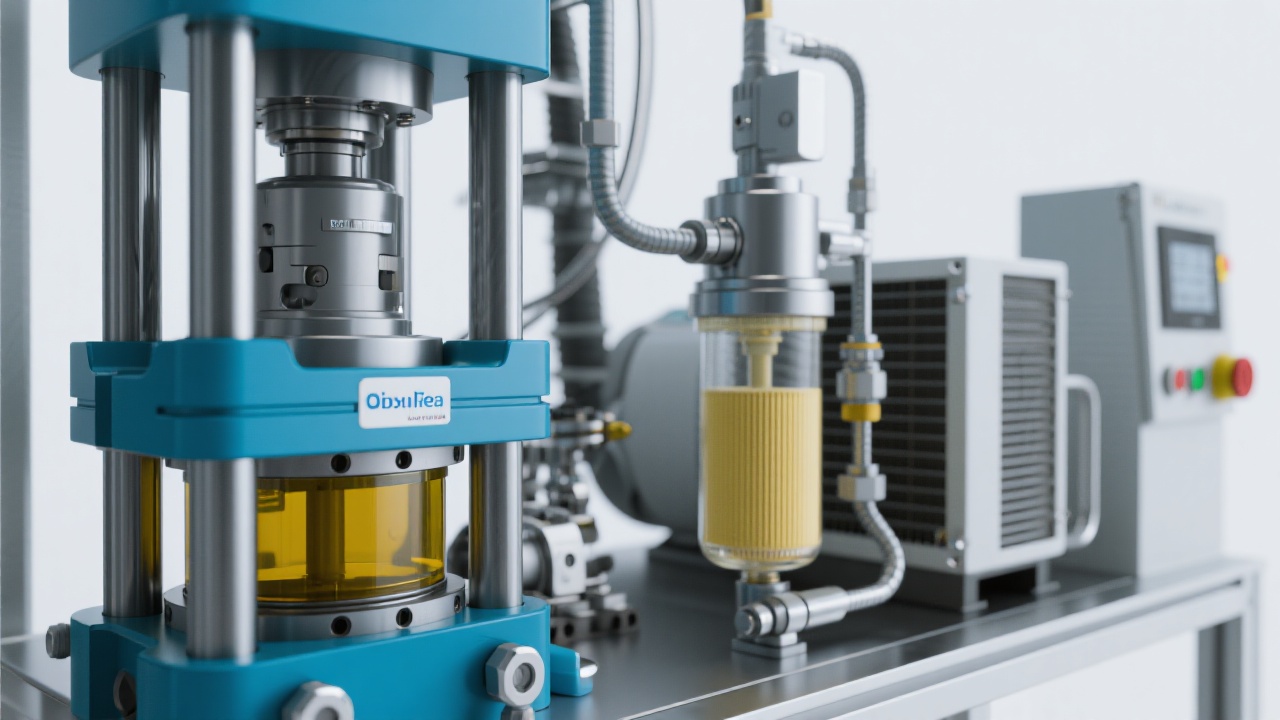
The process of pressing animal and vegetable oils is a complex yet crucial operation for small and medium-sized oil production enterprises. It starts with raw material pretreatment. For example, soybeans need to be cleaned to remove impurities such as dust, stones, and broken beans. This step can improve the efficiency of subsequent processes and protect the equipment. After cleaning, the raw materials may need to be crushed or flaked to increase the surface area for better oil extraction.

Then comes the pressing stage. The mechanical force applied by the press extracts the oil from the raw materials. The oil then goes through a physical filtration process to remove solid residues. By optimizing the synergy between mechanical pressing and physical filtration, the purity and recovery rate of the oil can be significantly improved. On average, through proper optimization, the oil recovery rate can be increased by about 5 - 10% for common oils like soybean oil and peanut oil.
A well - designed pressing and filtration system is the key to ensuring high - quality oil production. The pressing system needs to apply appropriate pressure to break the oil cells in the raw materials without over - compressing them, which could lead to the mixing of impurities into the oil. The filtration system, on the other hand, should be able to effectively remove fine particles and gums from the oil.
According to industry data, a high - efficiency filtration system can reduce the impurity content in the oil to less than 0.1%, ensuring the purity of the oil. The synergy between the two systems not only guarantees the purity of the oil but also maximizes the oil recovery rate, achieving a win - win situation for both quality and quantity.
Core parameters such as temperature, pressure, and time have a significant impact on the oil extraction process. Different types of raw materials have different optimal parameter settings. For instance, when pressing soybean oil, a temperature of around 110 - 120°C, a pressure of 2 - 3 MPa, and a pressing time of about 30 - 40 minutes can achieve a relatively high oil recovery rate.

For peanut oil, a slightly higher temperature of 120 - 130°C, a pressure of 3 - 4 MPa, and a pressing time of 40 - 50 minutes are more suitable. By precisely controlling these parameters, enterprises can not only improve the oil recovery rate but also enhance the quality of the oil.
There are also some specific operation skills for different types of oils. When dealing with soybean oil, it is important to adjust the moisture content of the soybeans before pressing. A moisture content of about 10 - 12% is optimal. For peanut oil, the peanuts should be roasted properly to enhance the flavor of the oil. For palm oil, due to its high melting point, the temperature during the pressing process needs to be carefully controlled to ensure smooth oil extraction.
Many small and medium - sized oil production enterprises have achieved remarkable results by using our fully automatic multi - function oil press. For example, a certain peanut oil production enterprise increased its daily output by 20% and reduced energy consumption by 15% after using our equipment. Another soybean oil production enterprise improved the oil recovery rate from 90% to 95%.

In the context of energy conservation and consumption reduction, the upgrading of oil - pressing equipment has become an inevitable trend. New equipment with lower energy consumption, higher efficiency, and better oil quality is more and more popular. By upgrading equipment, enterprises can not only meet the requirements of environmental protection but also improve their competitiveness in the market.
More and more customers are choosing our fully automatic multi - function oil press because it can balance efficiency and quality. If you want to improve your oil production efficiency and quality, click here to learn more about our state - of - the - art oil - pressing equipment.

